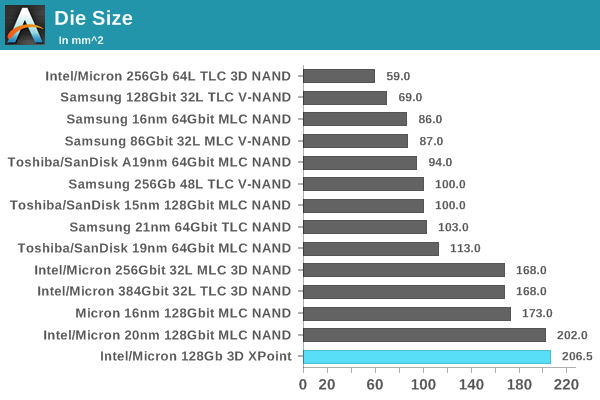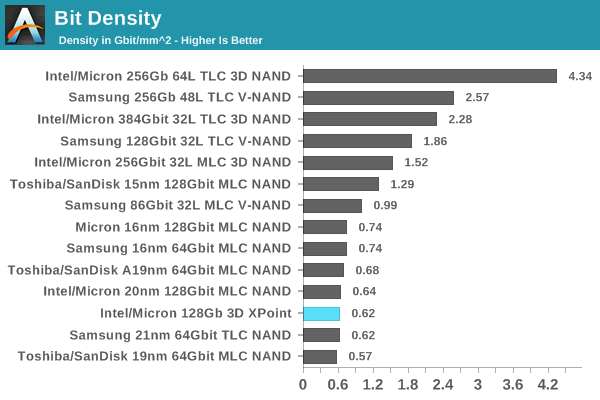PC Watch has a nice article and slide deck on the first generation of Hybrid Memory Cube tech. (It's readable using google translate.)
http://pc.watch.impress.co.jp/docs/column/kaigai/20140501_646660.html?ref=twitter
A couple of these on-package should both drive down overall cost and allow APUs to stretch their legs at long last.
EDIT: Another related article:
http://pc.watch.impress.co.jp/docs/column/kaigai/20140428_646233.html
http://pc.watch.impress.co.jp/docs/column/kaigai/20140501_646660.html?ref=twitter
A couple of these on-package should both drive down overall cost and allow APUs to stretch their legs at long last.
EDIT: Another related article:
http://pc.watch.impress.co.jp/docs/column/kaigai/20140428_646233.html




